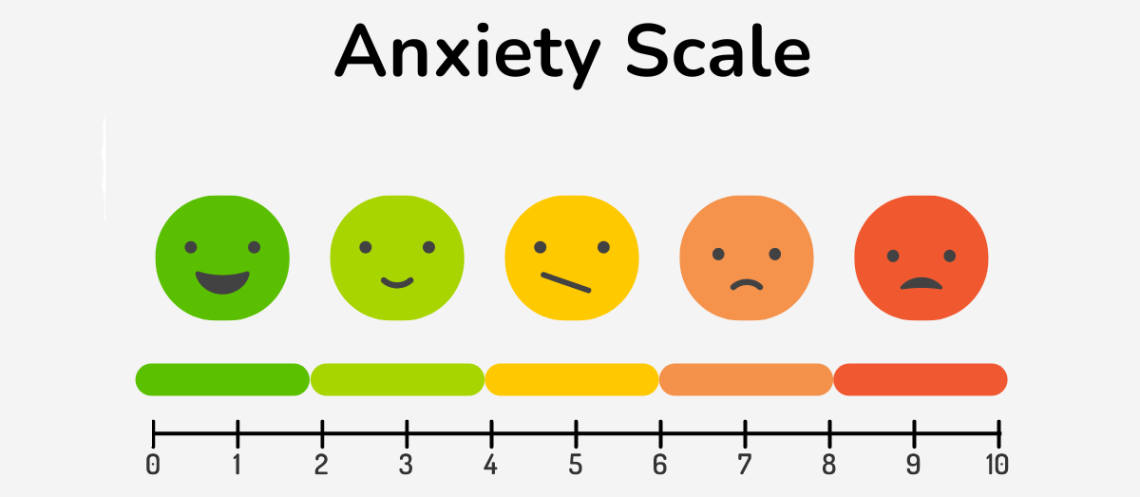Step 4: Brainstorm Possible Mission Plan Steps
Remember, mission plans are gradual. In other words, we do not expect your child to wake up tomorrow and achieve the mission plan goal. To help your child be successful, mission plans are made of small steps. Each step gets a little harder, and brings your child closer to their final goal. There is no set number of steps required in a mission plan, but they should occur across a number of levels on the anxiety scale.

Generally, when coming up with possible mission plan steps, you should choose things that your child is able to practice multiple times a week and that are within your control. For example, something like, “stand on the porch under the awning while it is raining outside” for a child with fears of storms would be a great mission plan step when it is raining, but it would be important to list several other options you can practice more often. When brainstorming how to make steps easier or harder, thinking about the following factors may be helpful (this is Step 3 in your child's manual):
- Who is involved in the activity (number of people, age, gender, the level of familiarity)?
- How long is the activity/what amount of time spent in a situation is required?
- Where will it occur?
- How much preparation will occur prior to the activity?
- How intense or prevalent is the fearful item or situation in the activity?
A number of your steps will likely be variations of the same task or situation, so it is also important to be specific when writing steps. Details related to the bullets above should be included, so it is very clear what each step requires. Once you finish the list of possible mission plan steps for your child’s mission plan, read back through them to make sure they all relate to the fear or worry, are specific, and are doable for your child and family. Below you will find some more examples of possible mission plan steps to inspire you.
Here are the steps that Neil came up with after brainstorming with his parents:
- Neil is in a dark room with his mom for 2 minutes (at night).
- Neil is in a dark room with his mom for 2 minutes (during the day).
- Neil will stay in bed for 10 minutes with his mom sitting in a chair outside his room that he can see from his bed. If he does not fall asleep in that time, his mom will return to his bedside (like usual). His nightlight is on.
- Neil will stay in bed for 10 minutes with his mom in a different part of the house. If he does not fall asleep in that time, his mom will move closer to his room. His nightlight is on.
- Neil is by himself in a room with his nightlight on for 2-3 minutes (during the day).
- Neil will stay in bed for 10 minutes with his mom sitting in a chair outside his room that he cannot see. If he does not fall asleep in that time, his mom will move the chair where it is visible. His nightlight is on.
- Neil is by himself in a room with his nightlight on for 2-3 minutes (at night).
Here are the steps that Sally came up with after brainstorming with her parents:
- Sally asks Rita if she wants to meet at the mall to hang out
- Sally asks her classmate, Rita, who she does not know well, to borrow a pencil
- Sally asks her good friend Joana to borrow a pencil
- Sally invites Rita for a sleepover
- Sally asks Rita if she wants to come over to her house to watch a movie together
- Sally texts Rita a funny meme
- Sally joins the rest of Rita's friends during lunch and makes conversation with the group
- Sally makes friendly chat with Rita during breaks
- Sally sits next to Rita during lunch
Here are some ideas for mission plan steps for different fears (or view a PDF version). Feel free to adapt them for your child's anxiety!
A note: Some fears may require you to get creative. When children have fears related to making mistakes, for example, ideas for mission plan activities might not be intuitive. This is why we encourage you to start with something concrete. However, we have some tips for coming up with creative activities and mission plans in later weeks.








